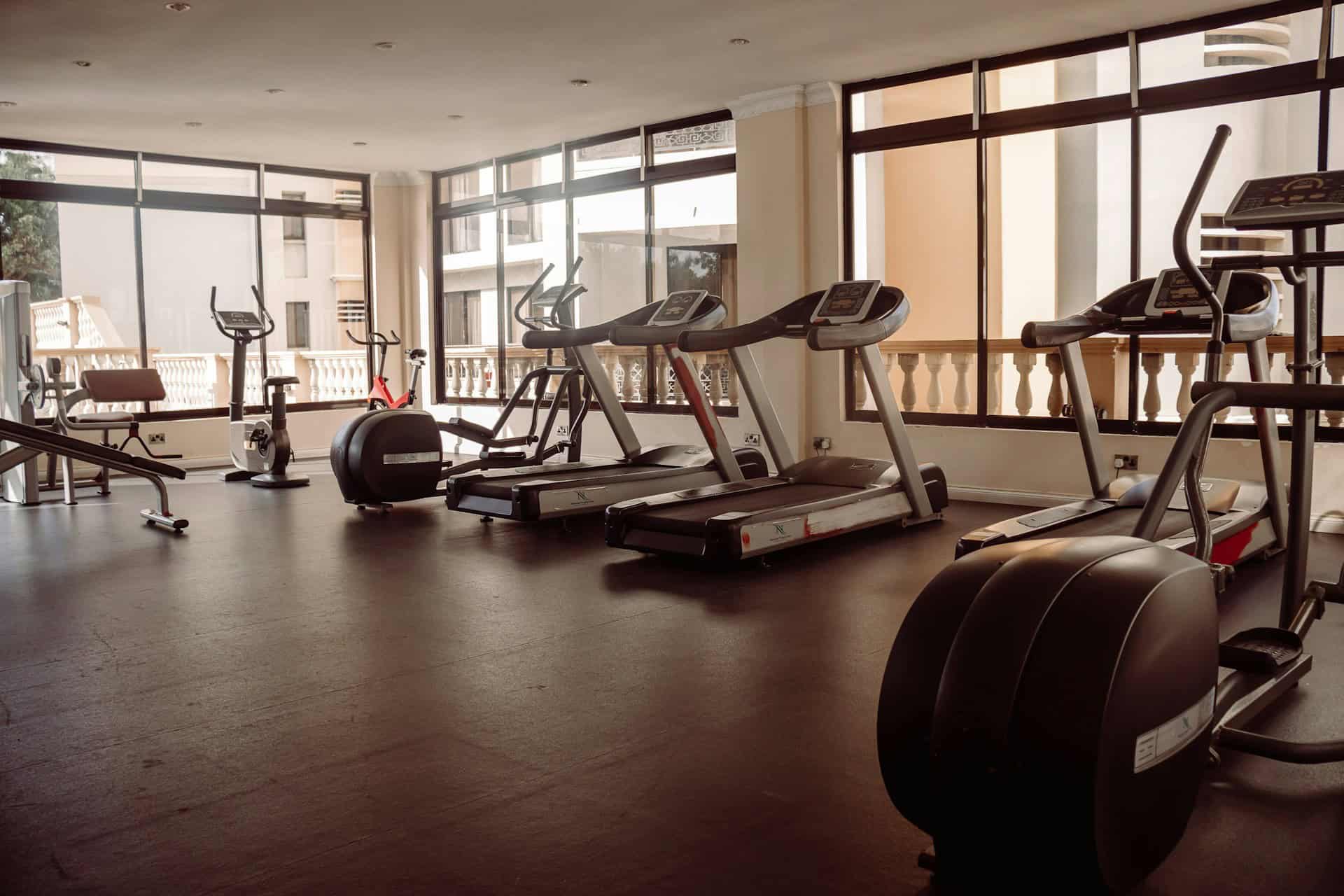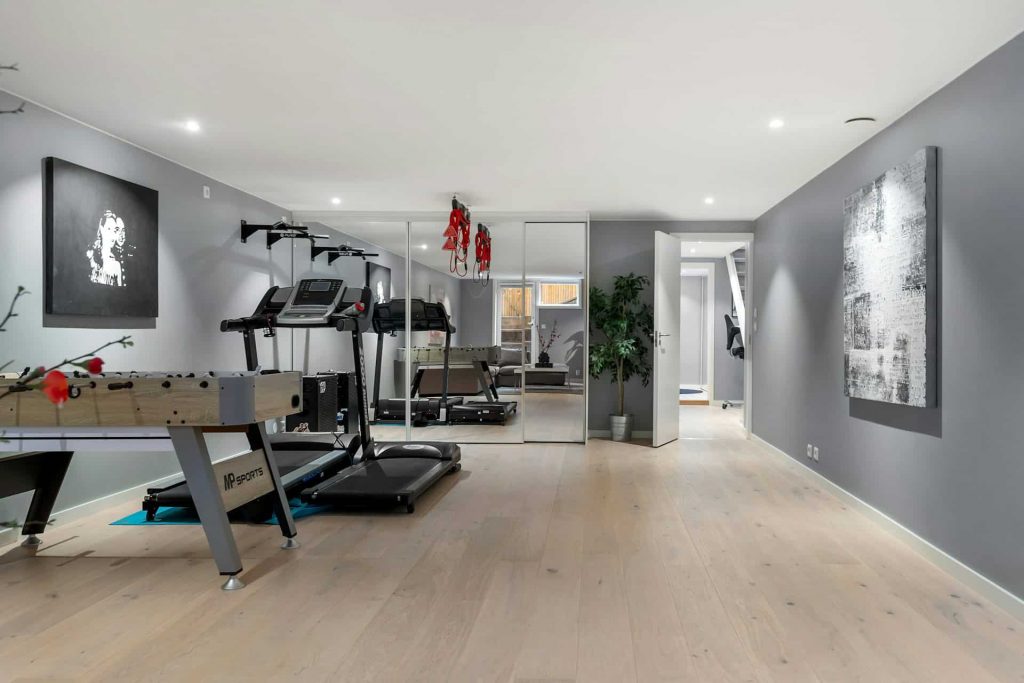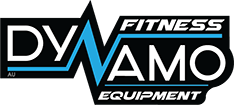
Your Ultimate Guide to Set Up an Advanced Home Gym
Many fitness lovers struggle to stay consistent with their workouts because gyms often create more friction than convenience. In fact, a recent study by RunRepeat found that nearly 46 percent of gym members skipped workouts due to time constraints, while another 23 percent cited lack of privacy as a key reason.
At the same time, the home fitness market has seen rapid growth. According to recent research, the global home fitness equipment market reached over $14.7 billion and continues to grow every year.
However, building a high-performance home gym feels overwhelming. Most guides online show basic setups with a few dumbbells and a foldable bench. And, bad equipment choices, layout mistakes, and wasted space can turn a big investment into an underused storage area.
This blog helps you avoid those common setbacks. It focuses on building an advanced home gym that feels purposeful, performs like a commercial facility, and adapts to long-term training goals.
Prefer to skip to the gear? Jump to our best-in-class gym equipment section to explore top-tier machines, power racks, treadmills, and functional trainers for advanced home gyms.
Plan Before You Touch the Equipment
An advanced gym should match its owner’s goals. Without clarity on what you want to achieve, it’s easy to purchase equipment that adds bulk to your room but little value to your training.
So, identify the outcomes you want:
- Power and strength: Olympic lifting, powerlifting, and compound movement routines
- Hybrid performance: Functional strength, cardio endurance, and metabolic conditioning
- Mobility or recovery: Low-impact resistance work, stretching, and therapeutic movement
Each outcome demands a different mix of gear. For instance, a strength-first setup may center on a full power rack, a sturdy adjustable bench, and calibrated weight plates. Meanwhile, a hybrid athlete often pairs free weights with air bikes, kettlebells, and landmine attachments.
In shared households, planning becomes even more important. One person may focus on muscle gain while the other needs joint-safe cardio or rehab tools. Instead of doubling the equipment, look for:
- Adjustable dumbbells that replace entire sets
- Multifunctional benches that adapt to different workouts
- Cardio machines with low noise output for indoor use
Define the Zone: Space, Light, Noise, and Airflow
A high-performing gym doesn’t need a massive room. What it needs is a smart layout. Evaluate how much space you can dedicate, then design around that.
For smaller rooms (3m x 3m or less):
- Use foldable squat racks and compact treadmills
- Choose vertical plate storage to free up floor space
- Add interlocking rubber tiles for safety and sound absorption
For larger areas (garage or basement):
- Designate zones for strength, cardio, and recovery
- Incorporate mirrors to boost light and expand the feel of the space
- Use turf lanes for sled pushes or dynamic warm-ups
Airflow, lighting, and noise control make the difference between a room you train in and a room you avoid. Good airflow supports endurance and recovery. In shared homes, rubber flooring and vibration cushions reduce disruption.
Budget Brackets: Investing for the Long Haul
Think of your gym as an asset. Instead of chasing deals on random gear, focus on lasting value and long-term function. Your budget shapes what’s possible, but strategy determines how far your dollars go.
Budget tiers and what they can include:
| Budget | Typical Setup | Focus |
|---|---|---|
| $2,000 | Adjustable bench, squat stand, barbell + plates | Entry strength training |
| $5,000 | Power rack, cable system, treadmill, or air bike | Hybrid training |
| $10,000+ | Commercial-grade machines, multi-station rigs, smart cardio gear | Full-scale performance |
Accessories like medicine balls and resistance bands can follow once the core structure supports consistency. For buyers looking to stretch their investment, Dynamo Fitness offers bundled gear kits and a price-match guarantee. These options help maximize every dollar without sacrificing quality or support.
The 3 Anchors Needed to Set Up an Advanced Home Gym
Strength Equipment
Strength forms the backbone of most advanced home gym setups. A solid strength zone allows you to progress consistently, train with confidence, and reduce your risk of injury. So, if you focus on muscle growth, performance, or functional strength, certain pieces belong at the center of your space.
- Power rack or half rack with adjustable safety arms
- Adjustable bench that supports flat, incline, and decline positions
- Olympic barbell and bumper plates for compound movements
- Reeplex strength equipment, known for durability and commercial-grade construction
For lifters seeking more depth in their programming, optional upgrades add versatility:
- Cable crossover for isolation work
- Smith machine for guided bar path control
- Leg press machines for quad development without spinal loading
To keep things compact while expanding your range, include adjustable dumbbells. They offer dozens of weight increments in one set and adapt to any level.
Cardio Equipment
Cardio in an advanced home gym goes beyond basic calorie burning. The right machine elevates your endurance, improves heart health, and supports active recovery days. Choosing the right cardio gear depends on your training intensity, available space, and recovery needs.
Top cardio options to consider
- Smart treadmills for HIIT sprints and steady-state runs
- Air bikes that engage both upper and lower body
- Rowing machines and ski-ergs for total-body, low-impact conditioning
To help you decide, we have compared machines across key metrics.
| Machine | Best For | Footprint | Tech Features | Joint Impact |
|---|---|---|---|---|
| Treadmill | Running, walking | Medium | Touchscreen, app sync | Moderate |
| Air Bike | Conditioning, HIIT | Small | LCD monitor, resistance fan | Low |
| Rower | Full-body endurance | Compact | Bluetooth, stat tracking | Low |
| Ski-Erg | Shoulder/core power | Wall-mount | Interval tracking, heart sync | Very Low |
Modern cardio machines offer Bluetooth connectivity, heart-rate monitors, and touchscreen interfaces that track stats in real time. These features help you stay consistent, adjust your pace, and review progress without leaving the room.
Functional Movement & Recovery Zone
Training hard means you need a space that promotes mobility, control, and recovery. This zone enhances your performance while protecting your joints and nervous system.
Functional training equipment to consider
- Sleds for explosive power
- Landmine attachments for rotation and core work
- GHD (Glute Ham Developer) to strengthen the posterior chain
- Kettlebells for dynamic movements that build coordination and grip
Pair your functional gear with recovery tools that accelerate repair and prevent burnout:
- Foam rollers for deep tissue release
- Massage guns to target knots and stiffness
- Inversion tables for spinal decompression
Layout Design for Daily Momentum, Flow & Motivation
A well-planned home gym reduces friction between movements and encourages frequent use. When equipment placement aligns with the natural rhythm of a workout, the space becomes magnetic.

So, divide your room into performance zones as it will help you move from one phase of training to the next without wasting time or adjusting the environment between sets.
Recommended layout flow
- Warm-up zone: Resistance bands, mats, mobility tools, mirror wall
- Strength zone: Power rack, bench, barbell, dumbbell rack
- Cardio and recovery zone: Treadmill, air bike, foam rollers, massage gun, yoga mat
For small spaces like an apartment room or corner of a garage, simplify the flow using vertical wall storage and collapsible racks. A 5×5 m layout can support all three zones with efficient spacing. Use mirrors to expand visual space and position lighting to enhance contrast and focus near the strength zone.
Even in compact gyms, a smart layout creates movement cues. When one action naturally leads to the next, the entire routine flows better, and so does motivation.
The Actual Cost of Building an Advanced Home Gym
The cost of building a powerful home gym doesn’t come down to how much you spend, but how well you spend it. A cluttered garage filled with random gear rarely outperforms a focused setup with three intentional pieces. What matters is that you completely understand your priorities and stretch your budget to meet them without compromise.
So, ask this question: What will I actually use five days a week? That answer decides everything.
If your daily ritual starts with squats and ends with loaded carries, a basic power rack and barbell will outperform any cardio machine. If you thrive on variety, a suspension trainer, adjustable dumbbells, and a battle rope will give you more value than a single-use cable station.
In most cases, use the table below to explore how your investment level shapes the kind of training experience you can build.
| Budget Range | What You Can Build | Core Gear to Prioritize | Ideal For | Upgrade Path |
|---|---|---|---|---|
| Up to $500 | Functional starter setup | – Kettlebells or sandbags – TRX / suspension trainer – Doorframe pull-up bar – Resistance bands | Newcomers, small spaces, basic movement training | Add flooring, adjustable dumbbells, and plyo box later |
| $1,000–$1,500 | Strength + hybrid training | – Adjustable bench – Power rack or squat stand – Barbell + bumper plates – Dumbbells or trap bar | Hybrid users, strength progression, weekend athletes | Add cardio machine or cable trainer |
| $3,000–$5,000 | Complete home gym | – Full power rack with pull-up bar – Treadmill or air bike – Dumbbell rack or adjustable set – Multi-surface flooring | Committed lifters, families, multi-goal users | Expand with functional machines or smart accessories |
| $10,000+ | Performance-grade setup | – Commercial treadmill or rower – Reeplex functional trainer – Smart cardio tools – Recovery tools + storage wall | Long-term athletes, coaching at home, shared users | Maintenance service, smart integration, app-linked tech |
Shop High-Quality Gym Equipment For Your Home Gym
When you build an advanced home gym, where you buy the equipment matters just as much as what you buy. The right supplier delivers long-term value through expertise, support, and reliability.
As one of Australia’s most trusted fitness retailers, Dynamo Fitness offers a full-service experience that covers everything you need to set up an advanced home gym.
Explore our range of gym equipment online or visit us at one of our megastores to test equipment in real time before you commit to a full setup
1. Gym Equipment Melbourne Stores.
2. Gym Equipment Sydney Store.
3. Gym Equipment Adelaide Store.
4. Gym Equipment Perth Stores.
5. Gym Equipment Brisbane Store.
6. Gym Equipment Yagoona Store.
Our knowledgeable staff is always on hand to offer the best advice on equipment, delivery, installation, and after-sales support.
